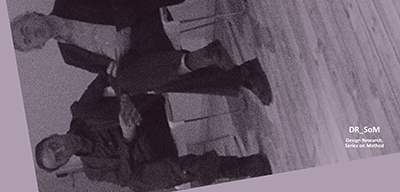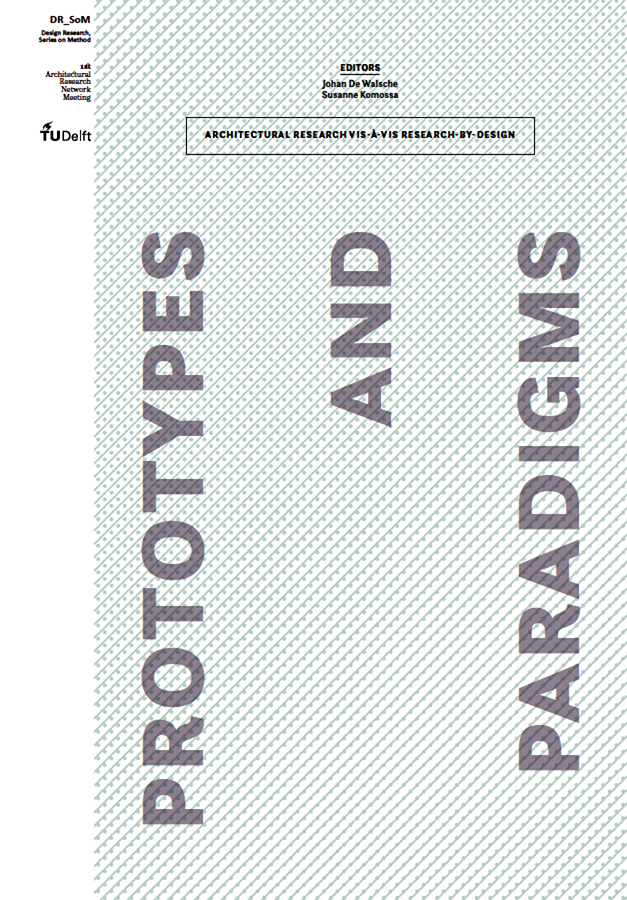
DR_SoM 01 – Prototypes and Paradigms
Architectural research vis-à-vis research-by-design
DR_SoM | Design Research, Series on Method
Through a series of research seminars and workshops, the ARENA DR_SoM project sequentially focusses on particularities and common ground within kindred approaches in architectural design research, including design as creative practice to generate and share new insights through making, through reflective practice, through emanating theoretical concepts, through scenario writing, through action research, and to innovate through developing new prototypes, new models and new typologies.
This is the first issue of what is to be a series of publications. It presents papers from the DR_SOM meeting held at TU Delft in November 2013
Johan De Walsche, Susanne Komossa (editors)
ISBN 978-94-6186-685-1 – order online
AIM AND RATIONALE
After some decades of development, design research has come of age. Dynamism, originality and particularity are major features of this field of research, and must be cherished.
There is no longer any merit in demonstrating the existence of high level academic design research, nor in demonstrating the breadth of this field, nor the multitude and diversity of issues that it tackles. Instead there is a need for a stronger establishment of this field of research, in order to reach and convince a broader audience, inside and outside the field, researchers as well as practitioners, institutions and industry as well as policy makers.
The epithet ‘Design Research’ still acts as a huge umbrella, spanning a broad range of diverse approaches. The rationale of the ARENA project ‘Design Research, Series on Method’ (DR_SoM) consists in the belief that discerning common and distinctive features between approaches, and identifying particularities and coherence between themes, tools, strategies, and discourse, will contribute to a better understanding of the scope and capacities of design research. This will be helpful to be more precise in research proposals, in identifying appropriate peers, in establishing accurate assessment of the outcome, and finally it will inspire for future endeavours. At last, a better comprehension of design research as an academic field and culture, will contribute to a better communication, interaction and exchange with other research disciplines and communities. It will demonstrate its ability to be a catalyst for inter- and trans-disciplinary endeavours, and offer new approaches to pending issues.
Johan De Walsche, Oya Atalay Franck, Roberto Cavallo, series editors.


